Around the Kennebec Valley: Education in 18th & 19th centuries, Part III
by Mary Grow
Hallowell & Supply Belcher
The local responsibility for public education made it one of the first topics for voters in each newly-organized 18th and 19th century Maine town. Frequently, historians wrote, it was not easy for people in a low-cash economy to raise money to pay a teacher, provide instructional materials and maintain a building.
(Nor to fund other civic duties. For example, James North wrote in his 1870 history of Augusta that residents of Hallowell [from which Augusta separated in February 1797] sent no representative to the Massachusetts Great and General Court from 1775 until May 1783. The reason, he said, was probably the cost, which the town had to bear; and the incentive in 1783 was a newly- created system of fining unrepresented towns.
(Similarly, North said, taxes Maine towns owed to the Massachusetts government frequently went unpaid in whole or in part. In November 1784, the legislature authorized payment in commodities – beef, pork, wheat, oats, Indian corn, butter, cordwood, boards and tow cloth. Kennebec Valley goods were to be delivered at Bath.)
This and following articles will provide town-by-town information about Kennebec Valley voters’ early steps in creating local education systems, and about the systems they created, which differed considerably from contemporary public schooling.
One major difference, for most of the 19th century, was that towns were divided into school districts (which were frequently reorganized). Many town histories include lists of districts as of various dates, with their boundaries as presented at town meetings.
Most of the time, each district had its own one-room, or occasionally two-room, school building for primary-school students. Grammar schools, the equivalent of a modern high school, were less common.
District boundaries mostly ran from one landowner’s lot line to another’s, making it difficult for modern readers to locate a district. Sometimes there was a more helpful reference to a town line.
Another feature of these early schools that has changed markedly was the length of time students spent in them. Until late in the 19th century, there was no standardized school year; local voters and officials set their own school terms.
One on-line source pointed out that the school day was shorter, too, because students needed time to walk from home and back. This source said school might run only from about 9 a.m. to about 2 p.m.; and “homework,” despite its name, was done in school.
Textbooks were not standardized between towns or even within a town; they were not even available all the time.
Especially in the early years, teachers were likely to be young men – or, increasingly, women – who finished district school and came back to share their learning with younger children, without further training.
* * * * * *
Three of the towns covered in this series were incorporated on April 26, 1771: Augusta (as part of Hallowell), Vassalboro (including Sidney) and Winslow (including Waterville and Oakland).
North wrote that Hallowell’s first town meeting, held May 22, 1771, was primarily to elect town officials. Meeting again July 1, voters raised 16 pounds for “schooling” (and 36 pounds for laying out the first roads).
Captain Charles Nash wrote, in his Augusta chapters in Henry Kingsbury’s Kennebec County history, that “the prompt provision for schools attests the loyalty of the settlers to the policy of their Puritan forefathers, who ordained (in 1647) that every town of fifty houses should provide for the instruction of its youth.”
At the 1772 annual meeting, voters defined “schooling and preaching” as necessities, and appropriated 15 pounds for both, Nash said (his sentence makes it impossible to tell whether he meant “both” or “each”).
Where the money came from is unclear; he wrote that 96 “persons who were assessed for taxes” paid almost 14 pounds. His examples suggested the local tax base in 1772 was similar to 2024’s: a merchant was assessed for his stock of goods, a landowner for his real estate.
(North thought it worth mentioning that as early as these 1772 meetings, inhabitants were charged a Massachusetts provincial tax, apportioned according to the value of each householder’s real and personal property.)
In 1773, North wrote, voters at the March annual meeting directed their selectmen to procure two months’ preaching plus as much more as they had money for, and only as much schooling as they had money for. They showed the same priority in 1774, appropriating 20 pounds for preaching, half that amount for schooling.
The Revolutionary War was hard on Hallowell, disrupting civil proceedings (North’s emphasis) and the economy (Nash’s). Many able-bodied men were off fighting, or had been killed or wounded. The currency depreciated drastically; military demands for men, money and supplies were onerous; state taxation increased. And the winter of 1780 was exceptionally long and cold.
In 1776, North said, Hallowell voters held only one town meeting, at which they elected town and county officials – “no money [was] raised for any purpose.” Not until the spring of 1778 did a Hallowell town meeting again raise money for education (and preaching and other necessary purposes).
In 1780, Hallowell voters held 10 meetings, North said. At the annual meeting in March, they raised 200 pounds for education (and the same for preaching), and in May added another 100 pounds.
The next year they repented: North quoted a March 12, 1781, vote saying “That the town if it think proper may raise money for preaching and schooling at some after meeting.” On July 10, voters approved 50 pounds for preaching; if they funded education in 1781, North failed to mention it.
Nash found that Hallowell created eight school districts in 1787, four on each side of the river, and divided 80 pounds equally among them for a year’s expenditures. Each district had its three-man school committee, charged to “provide schooling, and see that the money is prudently laid out.”
The east-side districts ran from the north boundary downriver into what is now the separate town of Chelsea. Three west-side districts ran from the Vassalboro (later Sidney) line downriver to take in present-day Gardiner; the fourth included the area west of those districts.
Nash commented that the districts were created two years before they were legally required. “Thus promptly the founders of the town lined off the yet untamed wilderness into educational preserves, for the benefit of their youth.”
In 1790, North wrote, town meeting voters were feeling so poor they raised no money for preaching; but they appropriated 100 pounds for education (and thrice that amount for roads).
* * * * * *
Hallowell had what Nash labeled “the first incorporated institution of learning in the district of Maine.” Hallowell Academy was chartered by the Massachusetts legislature in 1791 and opened May 5, 1795. (William B. Lapham, who wrote the Hallowell chapter in Kingsbury’s history, said Berwick Academy was chartered on the same day in 1791; an on-line source says the Governor of Massachusetts signed Hallowell Academy’s charter on Aug. 31, 1791.)
The legislature gave the Academy a land grant its 20 trustees could sell – Lapham said the area became Harmony, a Somerset County town northwest of Skowhegan.
The Academy’s first building burned in 1804. A new one opened in 1805, and in 1807 the trustees bought a Paul Revere bell for it, for $78, Nash wrote. This building was succeeded in 1839 by a brick one.
The Academy served area students. After Augusta separated from Hallowell, it had its own post-primary school from to 1804 to 1807 and again after 1836; in the interval, Nash wrote, “the Hallowell Academy, then in its full vigor, offered the youth of Augusta ample facilities for obtaining a good education.”
Lapham said after town high schools began to proliferate, the Academy lost students. It survived through the Civil War, and in 1873 became Hallowell Classical Institute, “a Congregational school and a feeder for Bowdoin College.”
An on-line Hallowell history site dates the Classical Institute to 1872 and says it offered a high school education for both sexes, with boarding and day students, until it closed in June 1888.
Hallowell’s early music composer: Supply Belcher
One of Hallowell’s 1787 district school committeemen was Supply Belcher, a man whose name historians of music will recognize as an early composer, choir director, singer, violinist and compiler of books of psalms.
Born in Stoughton, Massachusetts, on March 29, 1751, Belcher served in the Revolutionary War, marching to Cambridge with the Stoughton Minutemen to meet the British on April 19, 1775, and later becoming an army captain
After the war, he opened Belcher’s Tavern, in Canton, Massachusetts, where he hosted local musicians for informal concerts. In 1785, he and his family moved to Hallowell (why? your writer asks in vain); in 1791, they moved to Farmington, where he lived out his life.
Historians agree that he was popular and respected as a musician and as a local civic leader.
Wikipedia says Belcher “apparently led Farmington’s first choir,” which was well reviewed. A local newspaper nicknamed him “The Handel of Maine” after a 1796 concert featuring his Ordination Anthem, which the Wikipedia writer says partly resembled sections of Handel’s famous Messiah.
Another source, however, says, “Handel” was more likely used as a generic term to denote a well-known composer, not necessarily because Belcher’s and Handel’s music were similar.
In Farmington, Belcher taught school; served as selectman in 1796 and 1797, town clerk and tax assessor; was a justice of the peace and a magistrate; and represented the town in the Massachusetts General Court in 1798, 1799, 1801 and 1802.
Belcher married Margaret More in May 1775. One on-line source says they were married for 60 years and had 10 children; Find a Grave lists three sons and three daughters, born between 1780 and 1814.
According to this source, their first son, Samuel, died Oct. 27, 1814, at the age of 34. When they had another son on Dec. 8, 1814, they named him Samuel. The second Samuel lived until May 22, 1886.
Youngest daughter, Eliza, born in 1787, died when she was seven. The inscription on her gravestone reads: “My little mates when you come near / Look at my grave and drop a tear.”
Middle son, Hiram, born in 1790, went to Hallowell Academy, got a law degree and began practicing in Farmington in 1812. He was Farmington’s town clerk from 1814 to 1819, the town’s Maine state representative in 1822, 1829 and 1832 and its state senator in 1838 and 1839. From 1847 to 1849, he served in the U. S. House of Representatives as a member of the Whig party.
Belcher’s first published piece was in 1788; by 1819, he had published more than 70 works, mostly in the typical tunebook of the time that contained works by multiple composers. His only collection of his own works is titled The Harmony of Maine: An Original Composition of Psalm and Hymn Tunes (Boston, 1794). One critic referred to his “original and creative spirit in psalmody.”
Belcher died June 9, 1836, in Farmington. His widow died May 14, 1839.
Main sources
Kingsbury, Henry D., ed., Illustrated History of Kennebec County Maine 1625-1892 (1892)
North, James W., The History of Augusta (1870)
Websites, miscellaneous
Responsible journalism is hard work!
It is also expensive!
If you enjoy reading The Town Line and the good news we bring you each week, would you consider a donation to help us continue the work we’re doing?
The Town Line is a 501(c)(3) nonprofit private foundation, and all donations are tax deductible under the Internal Revenue Service code.
To help, please visit our online donation page or mail a check payable to The Town Line, PO Box 89, South China, ME 04358. Your contribution is appreciated!


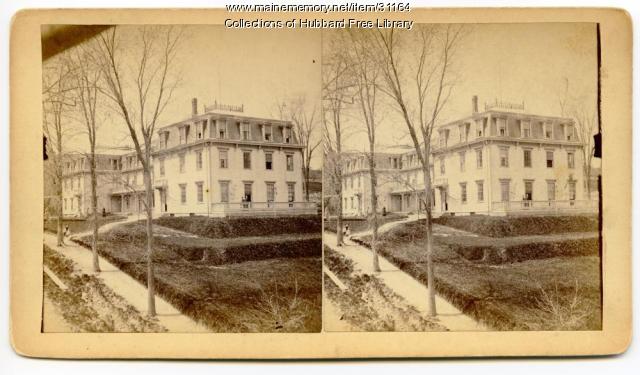
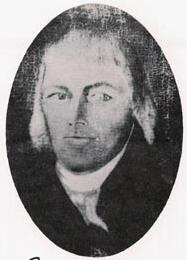
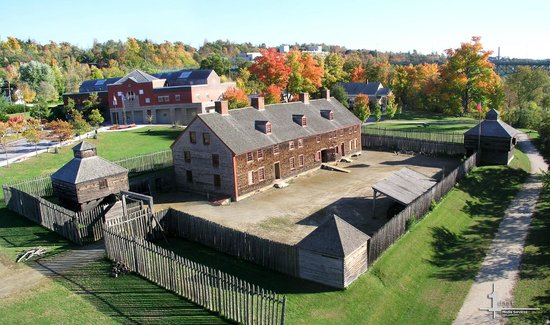
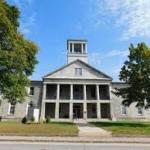
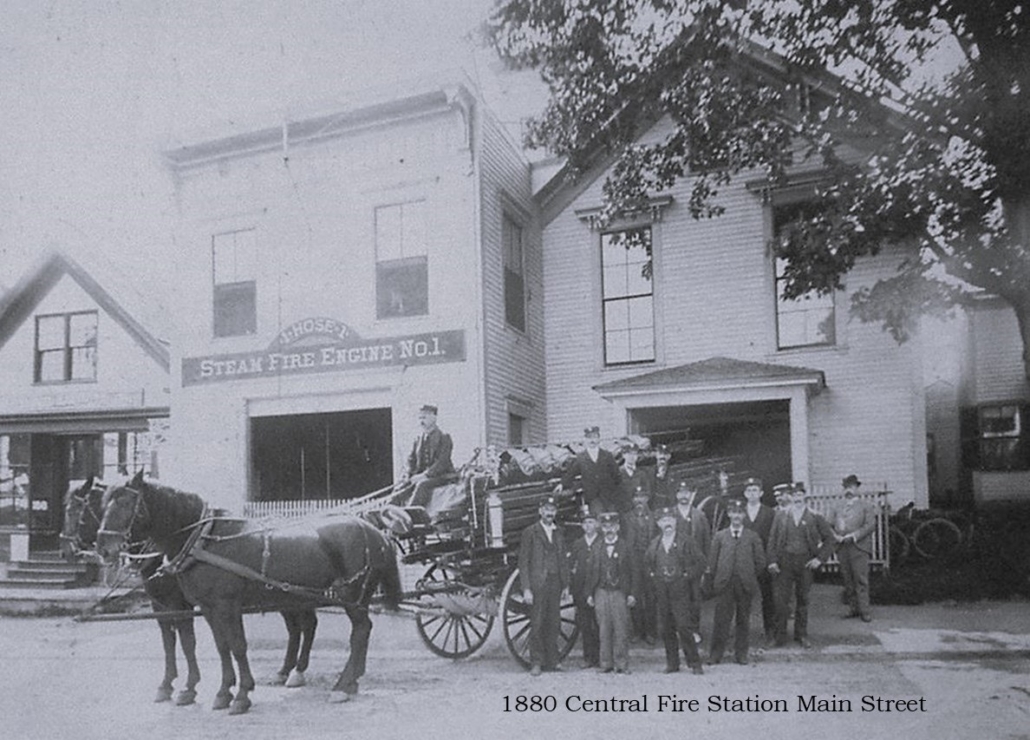
Leave a Reply
Want to join the discussion?Feel free to contribute!